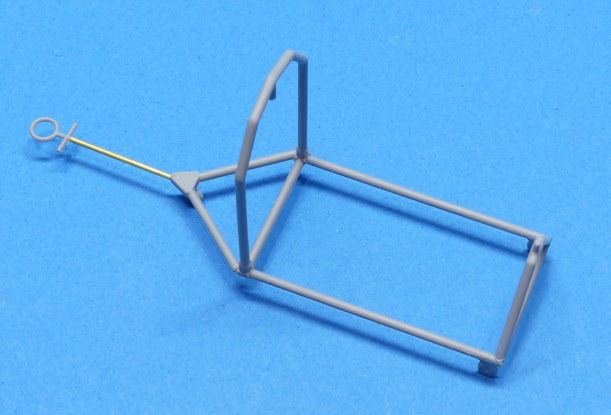Is Klear Still Viable in 2021?
Simple premise - I first saw Klear used by the late Ted Taylor in Scale Models International more than 35 years ago. I was 14-15 at the time and wondered what this wonder gloss he was using was. Imagine my surprise when I found that you got it in the cleaning section of the Supermarket! And it was as good brushes as airbrushed?!? I was still three-four years from my first serious forays into airbrushing so it seemed perfect.
You know what? It was brilliant - once I'd worked out that you didn't use white spirit as a thinner or brush cleaner it clicked into place. And ever since I've been using it almost constantly for various things in modelling - I've certainly never applied it to any linoleum! One thing I have rarely used it for in years is glossing prior to decals. I simply moved into lacquers and my processes changed. I tend to go back to it when glossing large models as it it easy to apply in large quick coats than lacquers in my experience, less demanding of that wet edge, less likely to get vortex grit in sharp corners on large subjects. But largely not used anymore day to day.
Yesterday I was at a low motivational point, and decided to experiment with it as a gloss finish again, using some test pieces ad painting over Tamiya acrylics. I had been playing with greys and green for a while, so decided to gloss them up. The process was simple - the paint was applied (thinned with Tamiya lacquer thinner) and very lightly wet sanded with Trizact 3000 to smooth it. Then two light coats of Klear at low pressure thinned again with Tamiya lacquer thinner, and again sanded between and at the end with Trizact.
The basic gloss. Certainly good enough for any decal application. Almost fool-proof application at low (10-12psi) pressure, the thinner keys it to the gloss, dries hard in a couple of hours. Another coat, another polish, done. Absolutely solid, hard coat and nice shine - more coats will, of course build more shine.
Then I decided to polish one of the test pieces with Turtle Wax Light-To-Medium polishing compound. The paint and plastic prep was nowhere as thorough as I'd do for an actual gloss finish - but I think the results are clear. It's as good as any other gloss I've cut and polished.
My verdict? Yes, it's still totally viable and useable in 2021 as a glossing medium. It's no more or less risky than any other paint coat (i.e. basically anything that goes wrong will be something You've done, not the product - and I've failed in applying finishes many times in my modelling career - if you're not failing occasionally you're probably not pushing or learning).
Still useful, still relevant. Will I go back to using it regularly? Probably not, but it's a nice tool and skill set to refresh yourself with, and I may try it a few times on upcoming builds and see where it goes.
















































